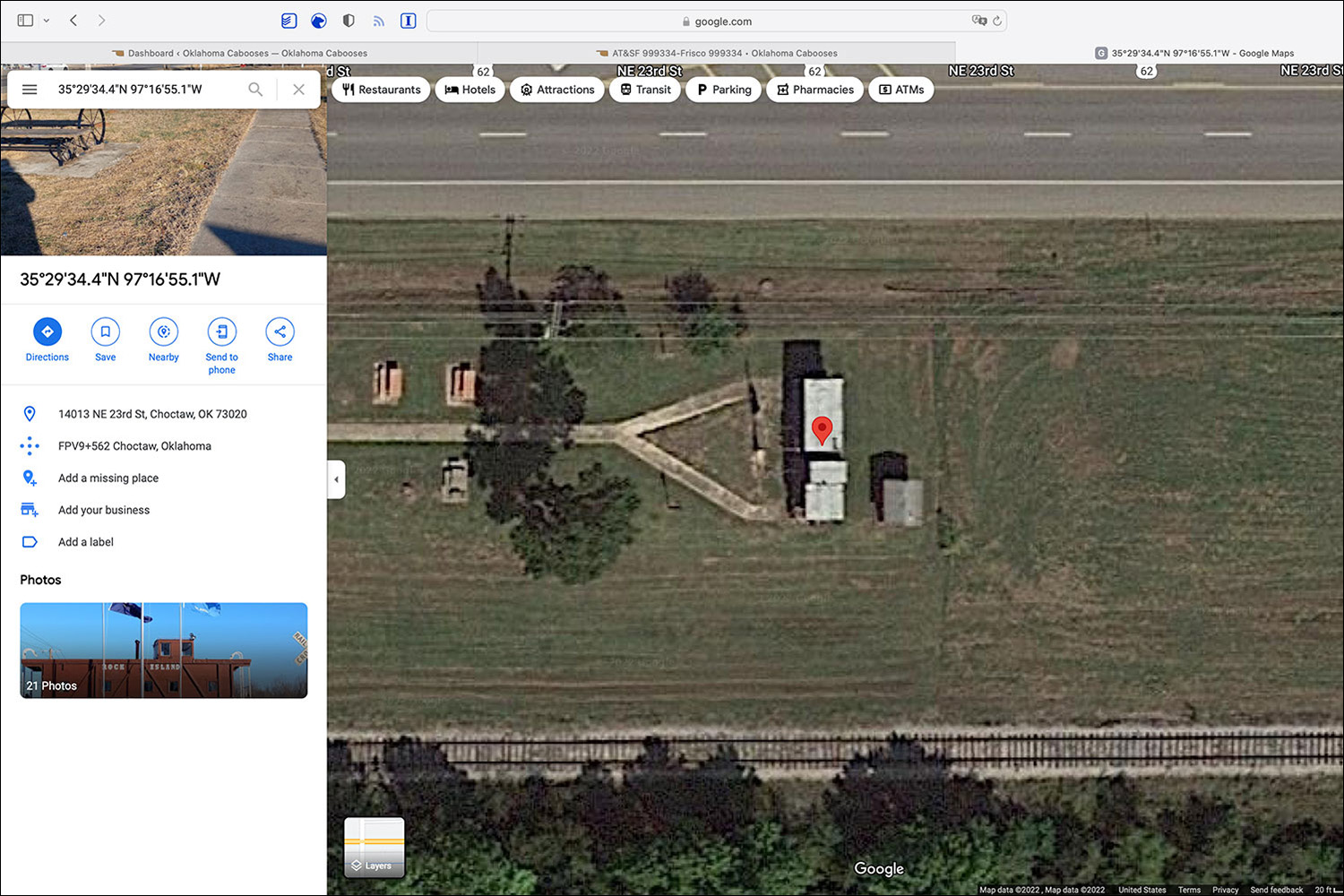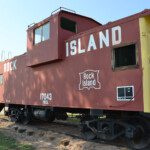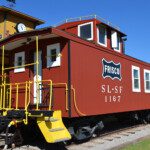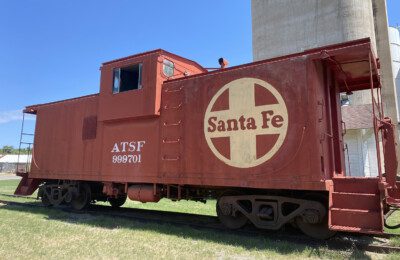One thing I recently realized is that I can use Google Maps to find cabooses–before driving to its location. This is super important with high gas prices!
Not All Cabooses Are Easy To Find
The hard fact is that the information on Oklahoma cabooses is pretty thin. Even with the great list on the ok.railfan.net site, much of the information is vague at best and completely useless at worst. In addition, the information on railfan.net is over 10 years old as well.
All this means that cabooses can be hard to find. Couple that with high gas prices, you really want to do what you can to make sure you know where the caboose is before you drive for 2-4 hours to see it.
Google Maps To the Rescue!
Then I came up with a crazy idea: use Google maps to find the cabooses ahead of time. Radical, huh? I had started using Maps to get the exact coordinates of the cabooses that we had already found and visited, so it was not much of a leap to see that I could use Maps to find cabooses before we got in the car.
Obviously, this really saves time and gas (money!) Having a birds-eye view of a caboose, and where it is located is critical to finding them. Even if the address is provided, sometimes it is hard to find that location quickly. Maps solves this.
So here is what I am doing: I am taking the info I find from railman.net, and putting that into Google Maps to see if I can actually see the caboose. If I can locate it, I save it in Maps, and take down the exact map coordinates–and the link to them in Maps. That lets us always go back and find exactly where it is, even on our phones.
Still Need To Do Old-Fashioned Legwork
That being said, many of the cabooses are still hard to find. Either there is no definite location given ("…southeast of Oklahoma City, exact location unknown…") or that it is just not where it is supposed to be. Time marches on, and sometimes the caboose has been moved, destroyed or just sold.
That leaves me with little choice but to do some good, old-fashioned detective work. An obvious place to start is calling the local chamber of commerce or local newspaper. (That helps in finding out any local history of the caboose as well). If that does not pan out, we can just drive to that town anyway, and just ask questions in local gas stations or other city buildings to see if anyone knows anything. Not as efficient, but sometimes you just have to talk to people.
Still, using the technology of Google Maps to find as many cabooses as we can is A Great Thing. It’s not perfect, but it has allowed Traci and me to look ahead and find exactly where a number of these cabooses are located–saving time and money. Hopefully what we find will help you, too!
Marc






